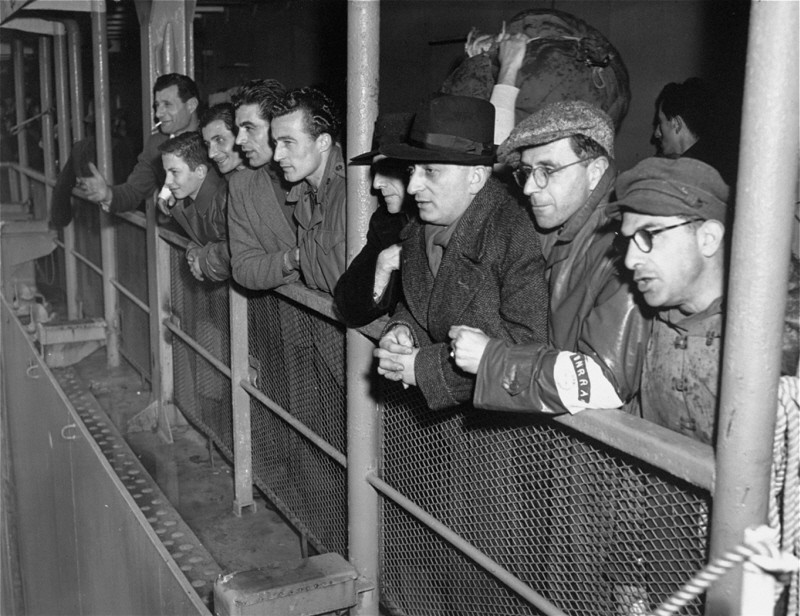
United Nations Relief and Rehabilitation Administration
The United Nations Relief and Rehabilitation Administration (UNRRA) was created at a 44-nation conference at the White House on November 9, 1943. Its mission was to provide economic assistance to European nations after World War II and to repatriate and assist the refugees who would come under Allied control. The US government funded close to half of UNRRA's budget.
The organization was subject to the authority of the Supreme Headquarters of the Allied Expeditionary Forces (SHAEF) in Europe and was directed by three Americans during the four years of its existence. Its first director-general was Herbert Lehman, former governor of New York. He was succeeded in March 1946 by Fiorello La Guardia, former mayor of New York City, who was in turn followed by Major General Lowell Ward in early 1947.
UNRRA assisted in the repatriation of millions of refugees in 1945 and managed hundreds of displaced persons camps in Germany, Italy, and Austria during that year. It provided health and welfare assistance to the DPs, as well as vocational training and entertainment. It administered the work of 23 separate voluntary welfare agencies, including the Joint Distribution Committee, the Organization for Rehabilitation through Training (ORT), and the Hebrew Immigrant Aid Society (HIAS). In late 1945, as the displaced persons camps were given greater autonomy, the voluntary agencies increasingly operated independently. UNRRA continued to serve as a major employer of displaced persons.
The massive and protracted relief efforts caused the agency to run out of funds and in 1947 its tasks were taken over by a successor organization, the International Refugee Organization (IRO). The new agency inherited the care of 643,000 displaced persons in 1948.

